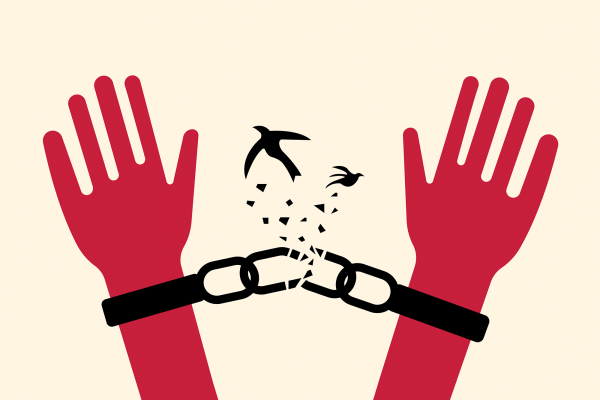I HAD A conversation recently about an essay I’d written on prison labor in the United States. My colleague was shocked. Well into the 21st century, she mused, isn’t that a phenomenon reserved for totalitarian regimes on the other side of the planet?
It’s a reasonable assumption. After all, it sounds an awful lot like slavery.
The U.S. never abolished enslavement; we only regulated it. In 1865, the 13th Amendment to the Constitution ended legalized chattel slavery and involuntary servitude, except “as a punishment for crime whereof the party shall have been duly convicted.” This proviso, known as the “exceptions clause,” has served to obscure the continuation of an American slave system from the end of the Civil War to the present day.
Convict-leasing schemes were integral to rebuilding the South from the ashes of total war. Incarcerated labor fueled the postwar Industrial Revolution. And today, approximately 800,000 of the country’s nearly two million incarcerated people work for a pittance (on average, less than a dollar an hour) with varying degrees of willingness. If U.S. prisons and jails were to form that workforce into a conglomerate, they would be the nation’s third largest private employer, behind only Walmart and Amazon.
Read the Full Article

